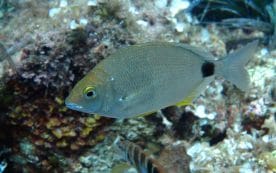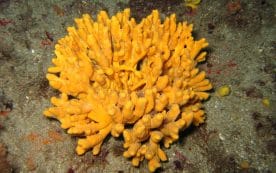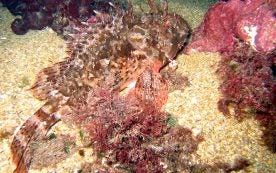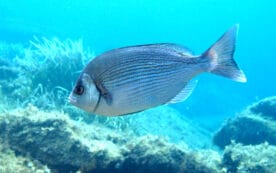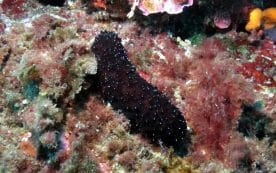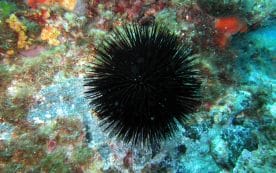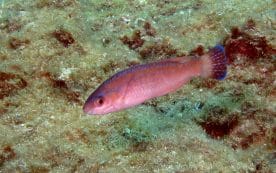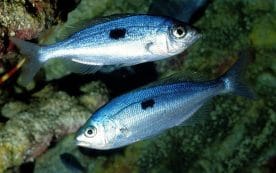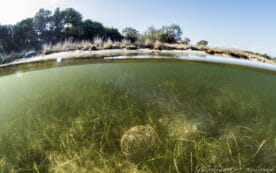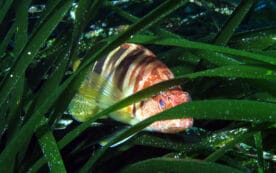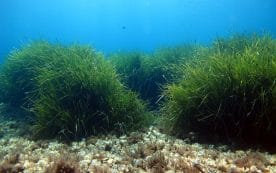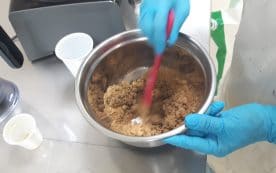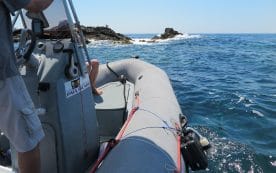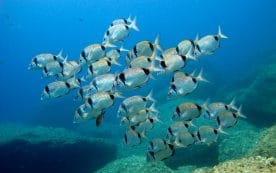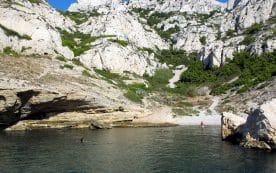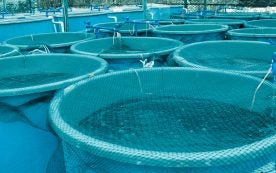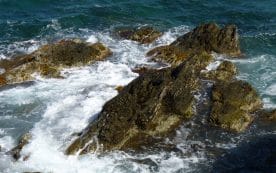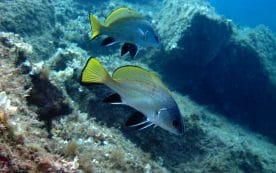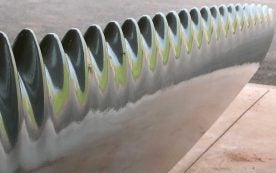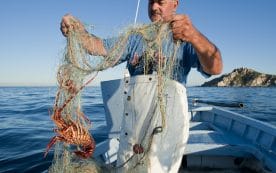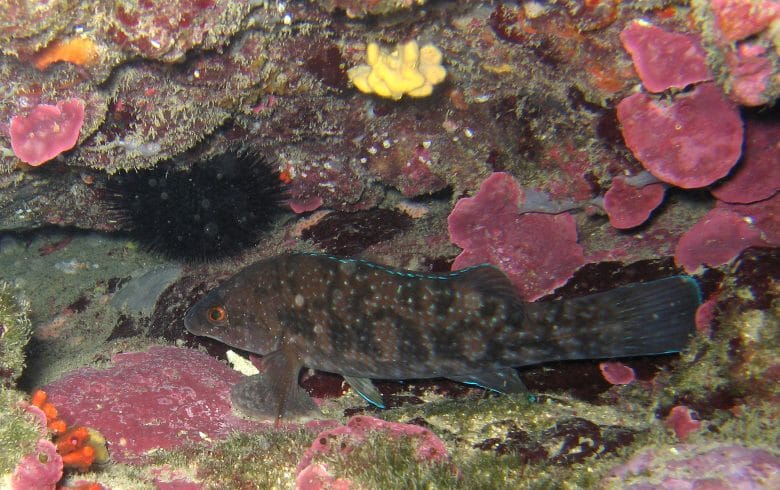
Did you know ?
The brown wrasse begins life as a female, becomes sexually mature after 2 years and then becomes male at about 4 years old.
There is no difference in colouring between males and females but colours vary according to the individual. The young fish are usually green or brownish with lighter spots. Older individuals become dark blue with a bright blue border on the dorsal, caudal and anal fins. The brown wrasse uses its strong jaw to feed on invertebrates, sea urchins, worms, molluscs and crustaceans. It can grow to 45cm long. Found all over the Mediterranean and nearby Atlantic waters, it lives on rocky bottoms and in Posidonia seagrass down to 50m below the surface.
Phylum: Vertebrates
Class: Osteichthyes
Order: Perciformes
Family: Labridae
Scientific name: Labrus merula
French: Labre merle
Spanish: Merlo
Italian: Tordo nero
German: Brauner Lippfisch

